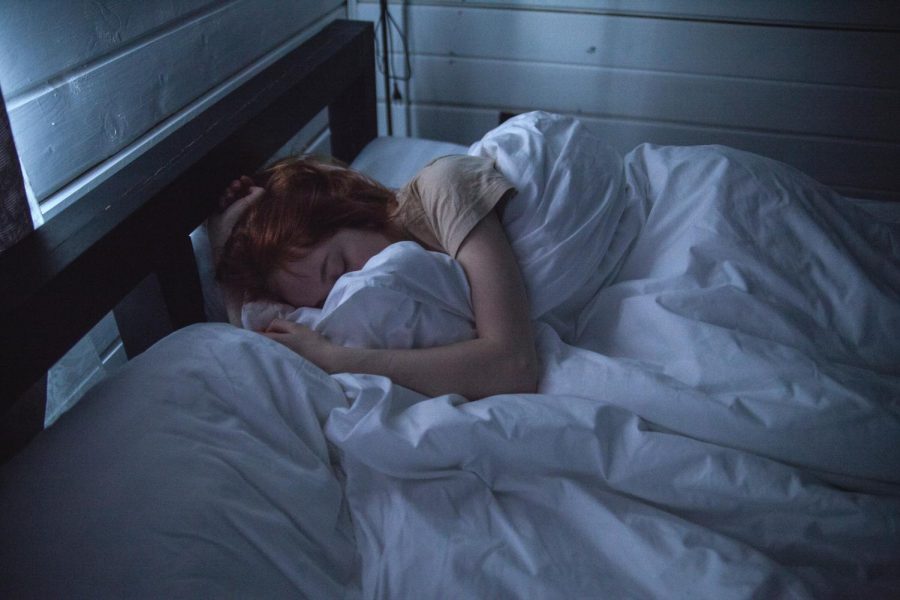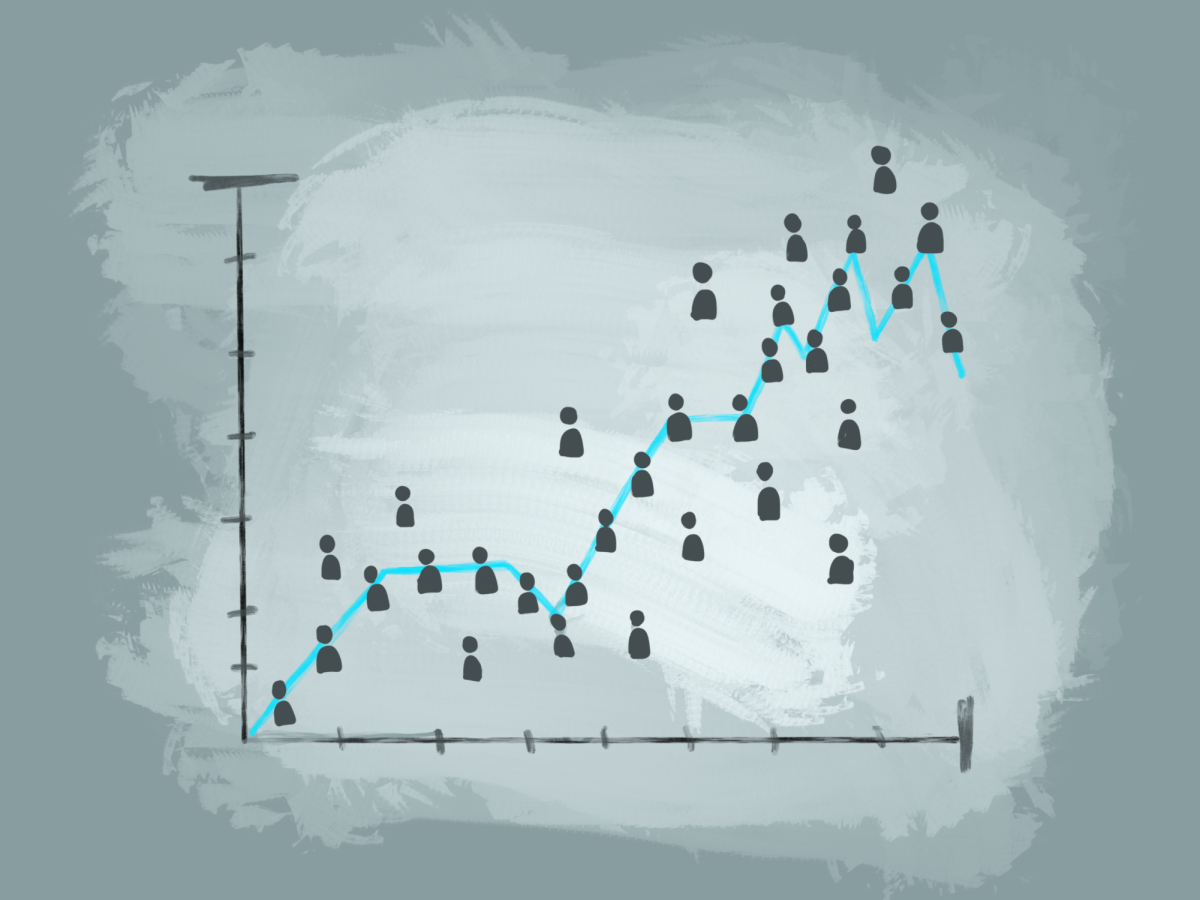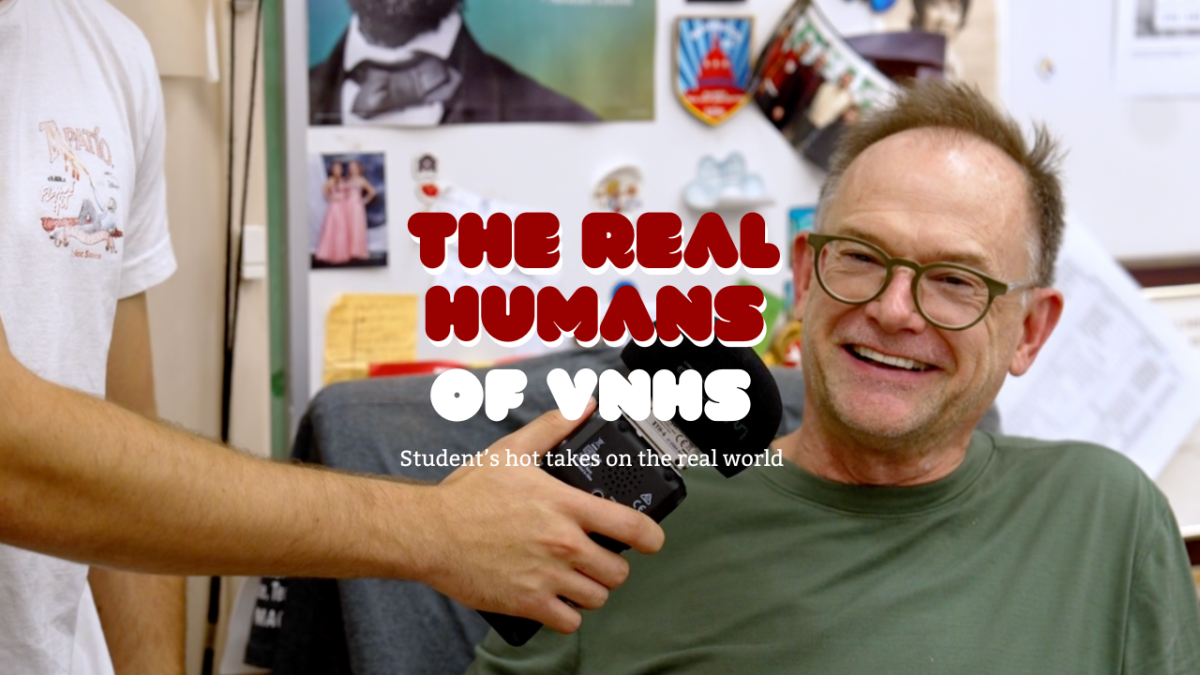Sleep Paralysis: Nightmares In Reality
Students detail their experiences with sleep paralysis.
Sleep paralysis is the condition when someone is unable to move or speak in a dream.
Dec 19, 2019
This is not a typical horror night.
Real-life nightmares do exist in forms of dreams on a phenomenon called sleep paralysis.
Experiencing sleep paralysis is the feeling of being conscious but also being unable to move and speak. It happens during the “transition” of being awake from being asleep. It may feel like it lasts for a while when experiencing it, but it only lasts up to a few minutes.
It can occur before falling asleep and that is called “predormital sleep paralysis”. It may also occur before waking up and that’s called “post dormital sleep paralysis”.
Some symptoms of the experience are hallucinations, pressure on the chest, the inability to talk, difficulty breathing and sweating.
This condition is usually seen more during a person’s teen years. It might feel as if someone is watching. It is a phenomenon that someone can’t get out of, and wait until it’s over.
Four out of every ten people experience this according to researchers.
Many things can cause sleep paralyses, such as a messy schedule, lack of sleep, mental conditions, substance abuse, etc. Sleep paralysis can’t harm a person, it is just an experience you may get if you find yourself having the symptoms.
Releasing and getting rid of stress can help reduce the possibility as well. Grace Kleepkaragate said “I think that if I had a better sleep schedule, I’d stop having sleep paralysis so often. I also do seem to be stressed often.”
People would rather avoid having a sleep paralysis episode because although it can’t hurt them physically, it can mess with a person’s mind.
Kleepkaragate, a freshman, shared one of the times she underwent sleep paralysis, “I remember being frustrated because I wasn’t able to move at all. It was scary and it was 3:36 am. I moved my eyes around since that was all I could do and I saw a weird shadow in the corner of my eye. I stared at it and it moved. I got so scared and I couldn’t do anything. Then seconds later, I came out of sleep paralysis. It felt as if something was lifting off of my body. I never wanted to go through that again.”
Nightmares can be frightening but imagine real-life nightmares. A giant spider chasing you or talking to an actual ghost. Scary right? Well, some people can say they have experienced real-life nightmares.
An Ouija board can be tempting for the people always up for an adventure. It is used as a game where you can communicate with spirits. An Ouija board is a flat board with the alphabet, the numbers 0-9, the words “yes” and “no,” and “goodbye.” It comes with a planchette, a small, heart-shaped board that is used as an indicator. The Ouija board can be used to have somewhat of a seance. The supposed spirits answer questions.
To others, it can be scary to even think about it.
Freshmen student, Christian Zometa shares his experience, “A little over a year ago, I was with my cousins and one of them had just bought an Ouija board. He asked us if we wanted to play, some and a couple of my other cousins said yeah. We followed the instructions and the planchette, started to move as we asked questions. After a while of asking questions, we started to get a bit freaked out and all of a sudden, the lights went off and my cousin started to yell. It was funny because of my cousin but I did get a bit scared. The lights went back on after like a minute and after that, we pretty much playing.”
Whether you are dreaming or you think you are living a nightmare, remember everything should turn out fine in the end…
The experience feels so realistic, but it isn’t. People can experience visual hallucinations or auditory during sleep paralysis. Thankfully it is not real. There is such a thing as the opposite of sleep paralysis. It is possible to experience a good episode where it feels like it may be an out of body hallucination or experience some type of joy during your hallucinations.
There is no cure, but by regulating a steady sleep schedule, getting enough sleep, or treating other disorders, these will help lessen the possibility of sleep paralysis according to Mayo Clinic and other health professionals.









